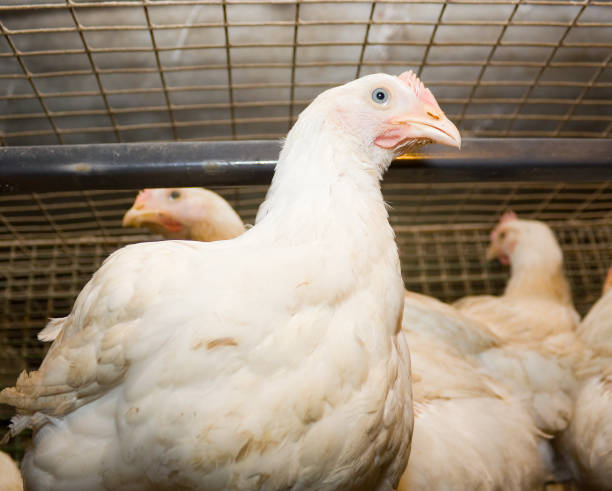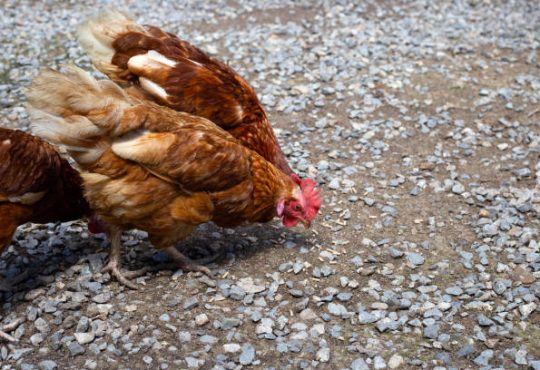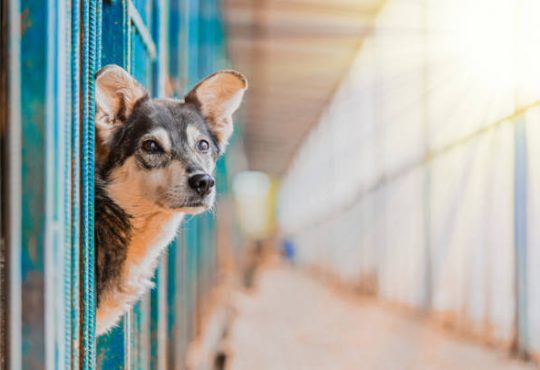
Better welfare in sight for poultry
After seven years of development, Australia’s Poultry Guidelines and Standards have been released. They include some much-welcomed (and long-overdue) suggestions for improving the welfare of hundreds and millions of birds. The Standards have yet to be approved by the state and territorial agriculture ministers and will ideally underpin legislation on poultry farming in each state/territory. The Standards, if endorsed by state and territory agriculture ministers, will replace the voluntary Model Code.
You may have read our recent statement that acknowledged the confirmed phase-out date for battery cages (5 million layer hens in Australia are confined there). But there were also some important, even if small, wins for turkeys and ducks. What the Standards could mean for our feathered companions is summarized below.
Better conditions for turkeys
Turkeys, along with chickens and other poultry species, are the most common poultry species in Australia. Turkeys are also curious and require different enrichment methods to keep them active. According to the new Standards and Guidelines for Turkeys, they must be provided with perches/platforms and items to pack, as well as environmental enrichment like foraging materials and cover for hiding. The lighting of sheds could be improved to give turkeys a proper rest period in darkness and to encourage them to move around.
More Water for Ducks
The saying “water off a Duck’s Back” has a good reason. Ducks are waterfowl and spend most of their time in the water. Ducks had little access to water except for drinking water in the past Model Code of Practice. By 2032, the Standards and Guidelines stipulate that breeding ducks must have access to water for natural behaviors such as preening and head dipping. Ducks must have access to water for these behaviors. They help keep their feathers free of parasites and regulate their body temperatures. We continue to lobby for the RSPCA to ensure that all ducks can access water in order to express their natural behaviors.
Legislative Improvements for Meat Chickens
The revised Standards and Guidelines require that all meat chickens be raised to the RSPCA Standards by producers who are RSPCA-approved. They are also required to have perches and other environmental enrichment. All meat chickens should have access to high-quality litter to promote natural behaviors such as pecking, scratching, and foraging. The Standards include minimum standards for light intensity, required periods of darkness and activity and rest times, as well as ventilation requirements and temperature in the barn. The minimum legal space has been increased in order to accommodate the chickens’ growing rate. This will ensure that they have enough space to move and flap their wings as they grow. These recommended improvements could represent a significant shift in meat chicken farming practices, bringing them closer to the standards of animal welfare. RSPCA standards Animal welfare is the focus of a number of initiatives, including the.
Clucky Chicken still needs your help!
The end of battery cages in Australia is near. The National Poultry Standards and Guidelines call for the phase-out of all battery cages by 2036. The end of battery cages is good news for Australia’s layer hens and for the community, which has called for a phase-out for over 40 years. The choice of such a distant date means that millions more layer hens are likely to continue suffering in barren conditions. In a battery cage, it is impossible to achieve good welfare, and this does not represent a life for layer hens.
We urge all states and territories to adopt and implement these Standards as soon as they can. Australia doesn’t have to wait until 2036 before it eliminates battery cages. States and territories can implement a phase-out ahead of schedule. The Australian Capital Territory did this proactively in 2014, and the RSPCA calls on other states to do the same. Many brands and retailers have committed to stop using cage eggs in 2025. See if your favorite brand is listed in our Proudly Cage-Free Directory.
You can use your dollars to help end battery cages faster by buying cage-egg substitutes such as RSPCA-approved, barn-laid, or free-range eggs. Check for cage-free labels on other products that contain eggs, such as ready meals and cake mixes. You can also look for cage-free eggs in your favorite restaurant or cafe menu. The demand for cage-free eggs is a clear signal to companies and brands that Australians don’t support battery cages.




